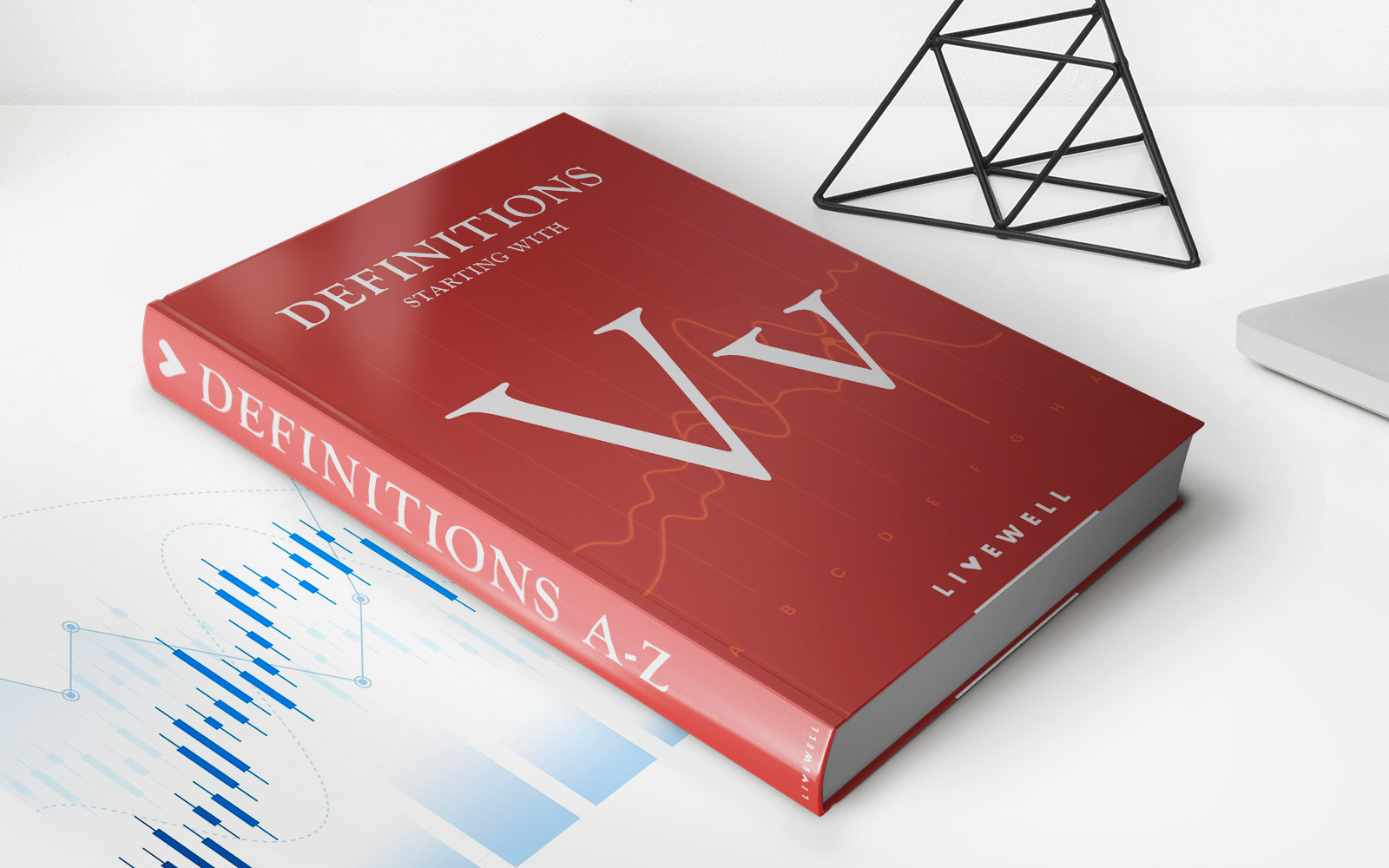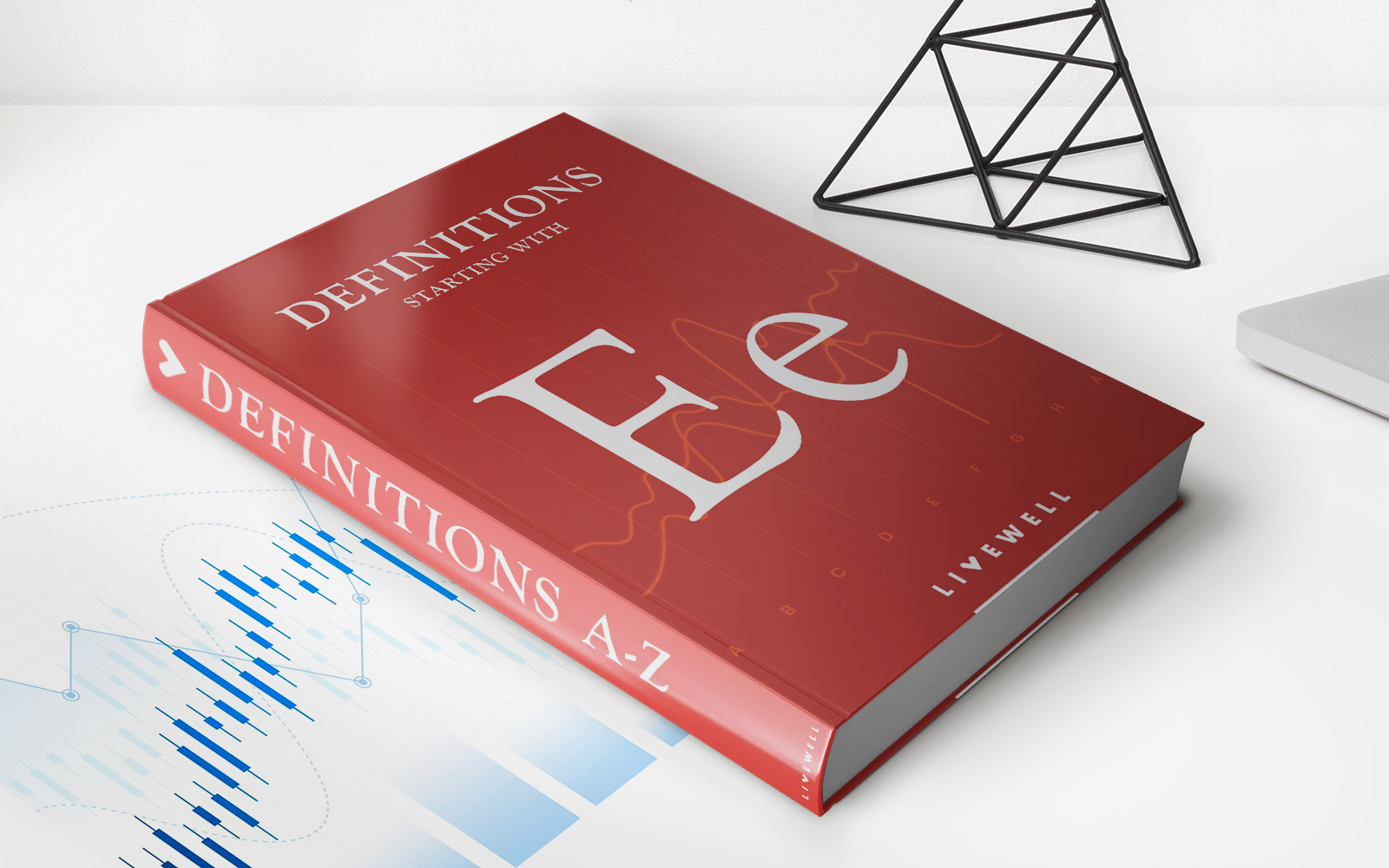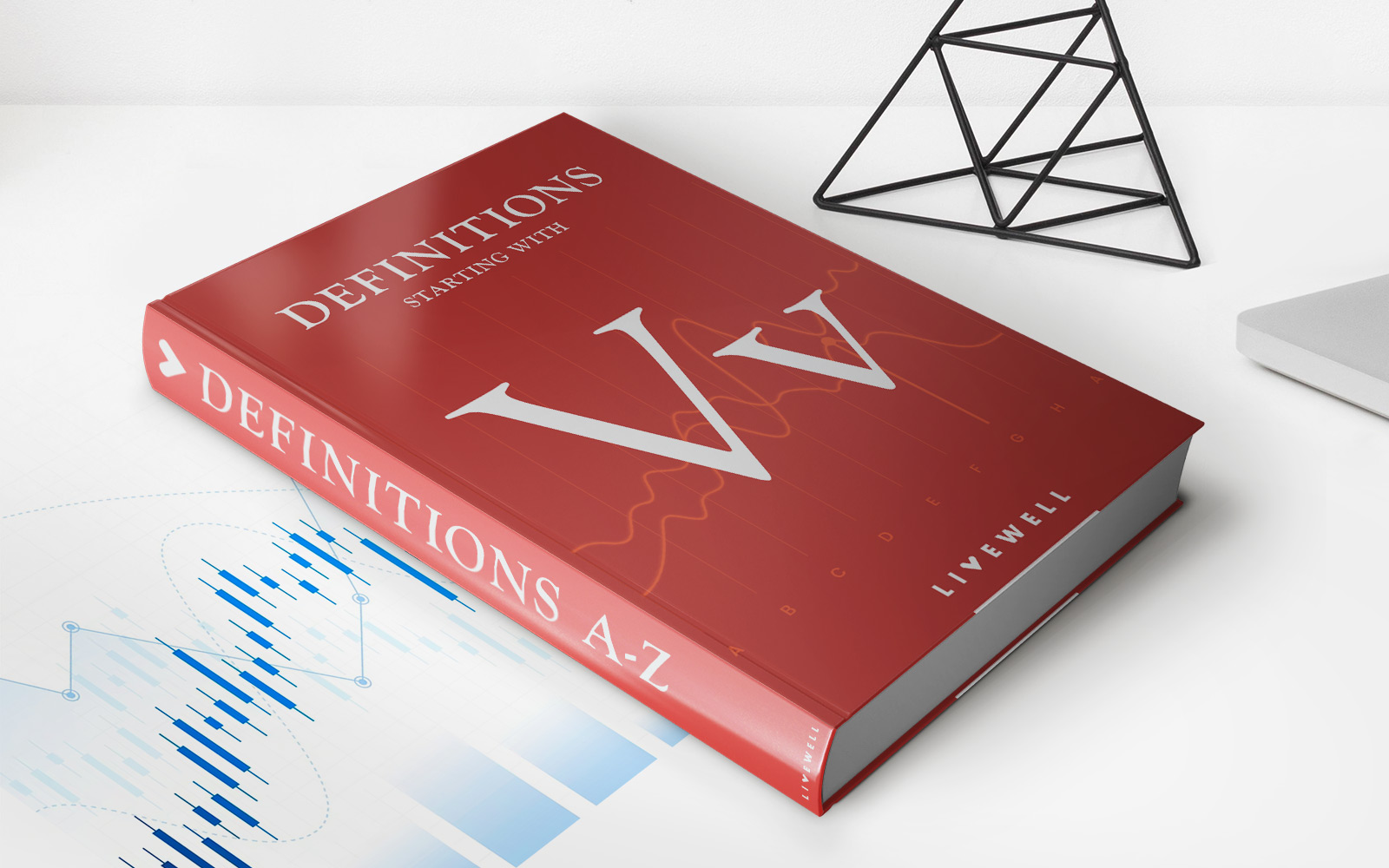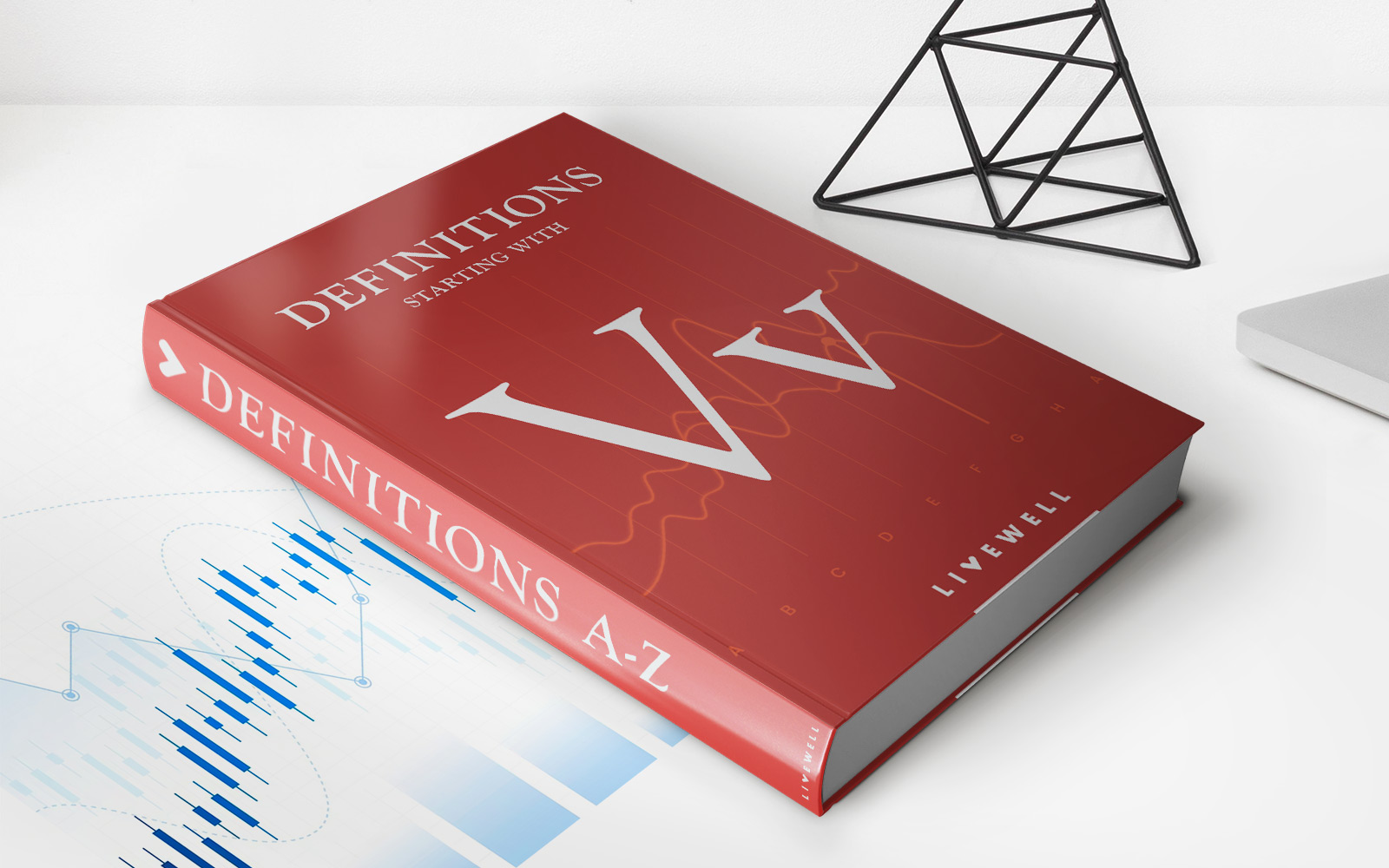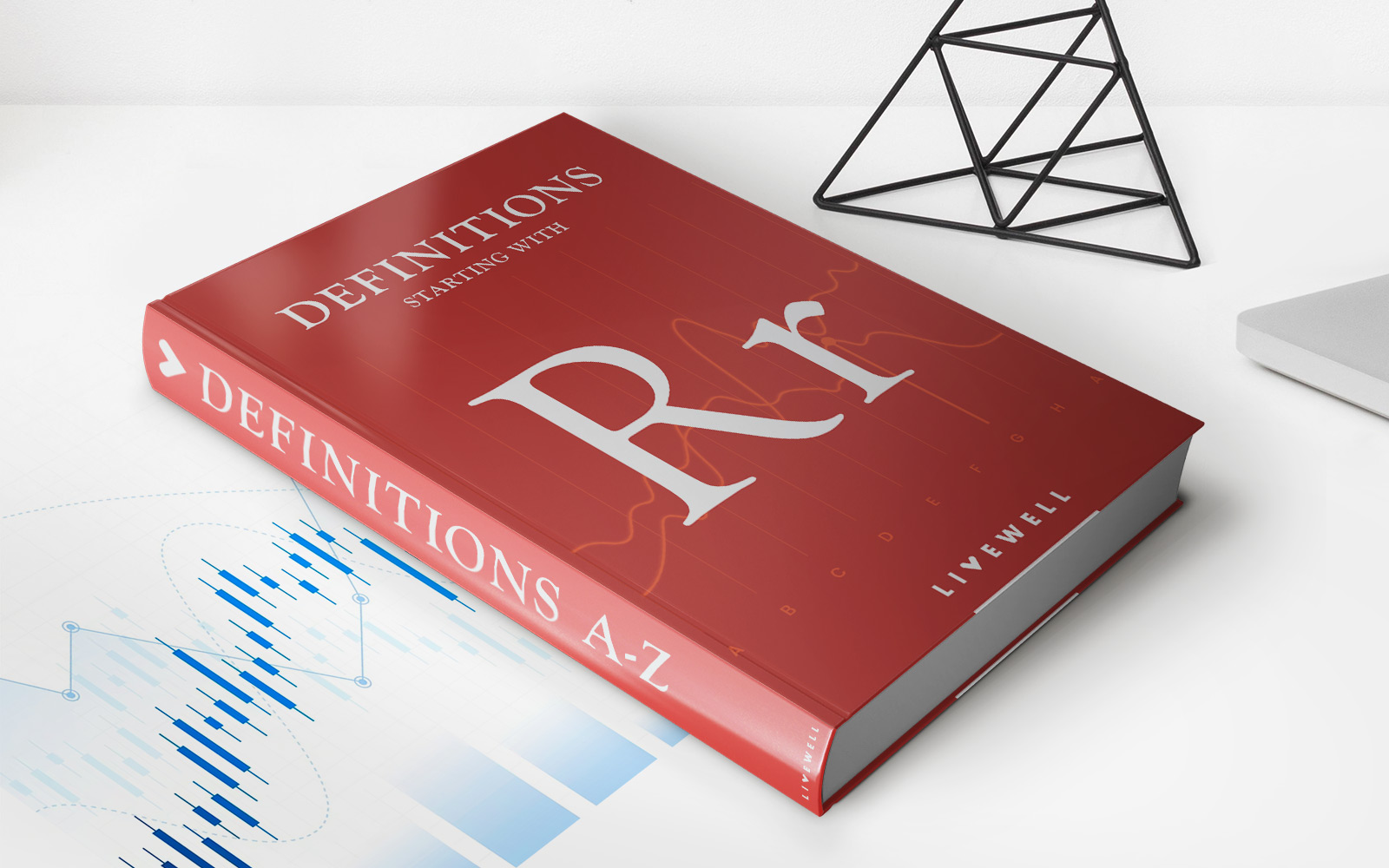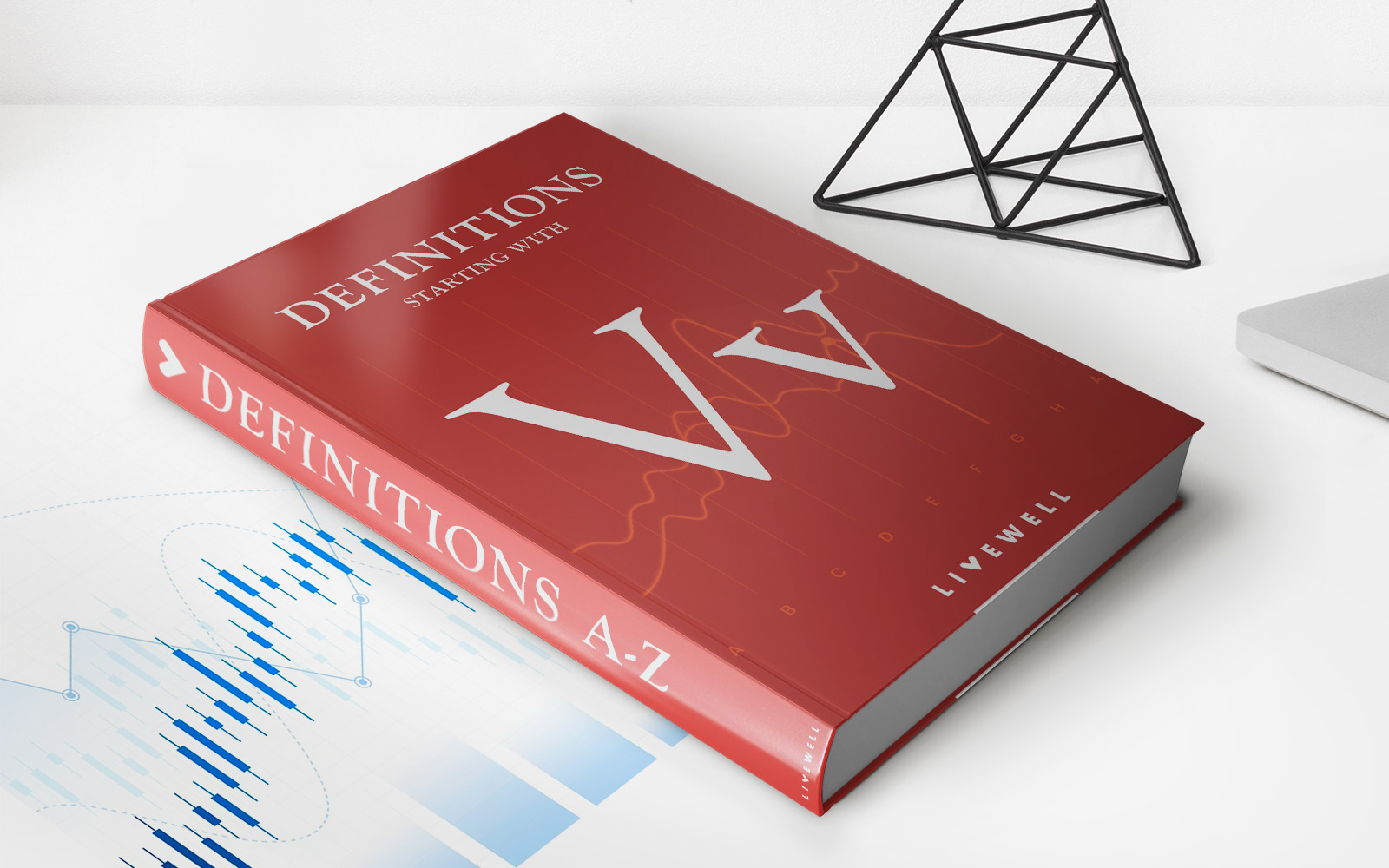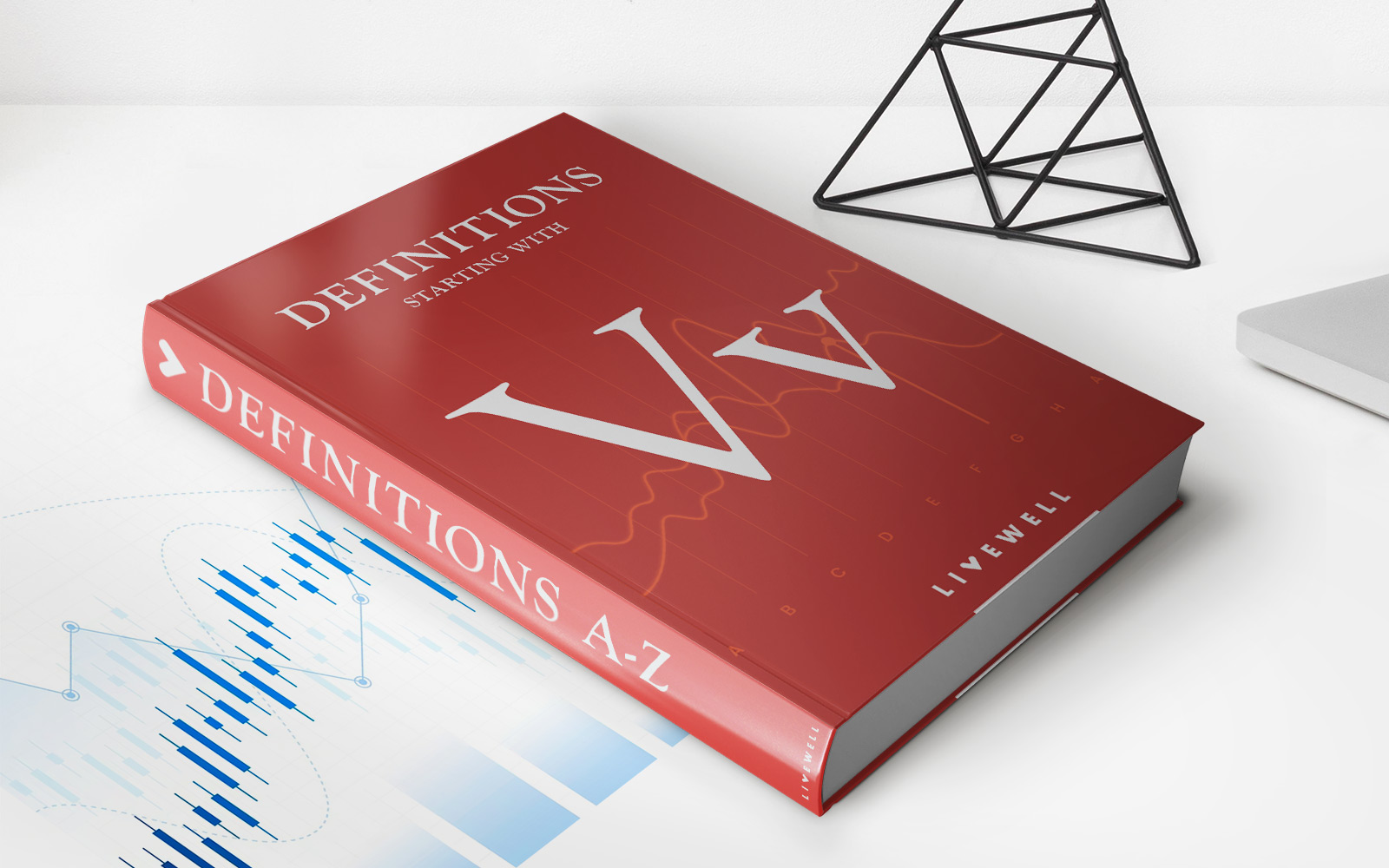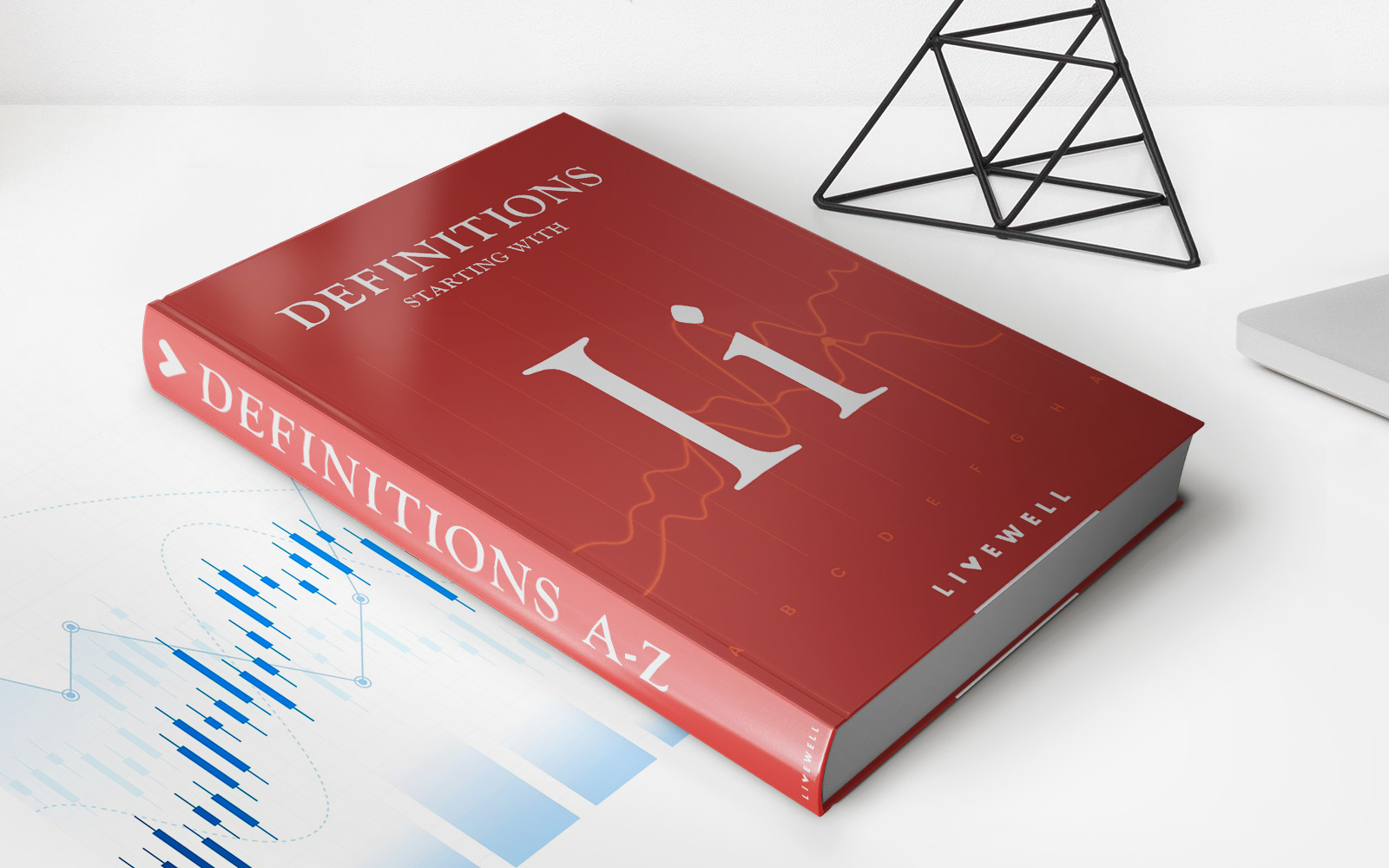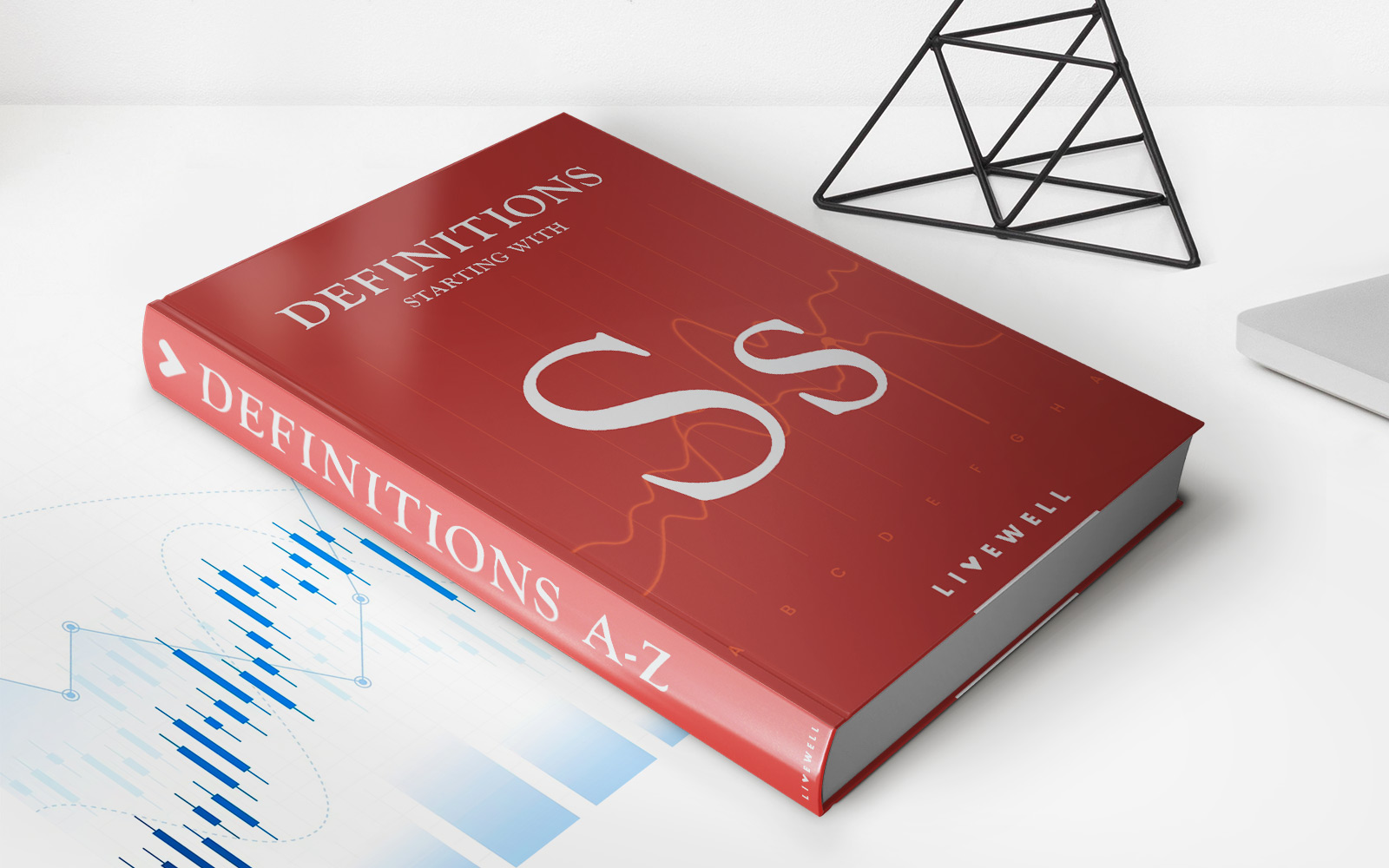

Finance
Semi-Variable Cost: Definition And Examples
Published: January 26, 2024
Learn about semi-variable costs in finance and explore examples of how they affect businesses. Understand their importance in financial management.
(Many of the links in this article redirect to a specific reviewed product. Your purchase of these products through affiliate links helps to generate commission for LiveWell, at no extra cost. Learn more)
Understanding Semi-Variable Cost: Definition and Examples
When it comes to managing finances, understanding different types of costs is crucial. One such type is semi-variable costs. In this blog post, we will explore the definition of semi-variable costs, provide examples, and discuss their significance in financial planning.
Key Takeaways:
- Semi-variable costs are expenses that have both fixed and variable components.
- These costs can change in relation to production or activity levels, but they also have a fixed portion that remains constant.
What are Semi-Variable Costs?
Semi-variable costs, also known as semi-fixed costs, are expenses that have elements of both fixed and variable costs. Unlike fixed costs that remain constant regardless of production or activity levels, and variable costs that fluctuate directly with production or activity levels, semi-variable costs combine these two characteristics.
These costs are often associated with resources or inputs that have both fixed and variable components. The fixed portion of the cost remains constant, regardless of activity levels, while the variable portion changes proportionally with activity levels.
Examples of Semi-Variable Costs
Now, let’s take a look at some examples to better understand semi-variable costs:
- Utilities: The monthly bill for utilities, such as electricity or water, often consists of a fixed portion and a variable portion. The fixed portion represents the basic service charges that remain the same every month. However, the usage charges can vary depending on the amount of electricity or water consumed, making them a variable component of the cost.
- Phone Bills: Phone bills may have a fixed monthly fee that covers the basic line rental. However, additional charges for calls made or data usage can vary depending on the level of activity, making them a variable component of the cost.
- Salesperson’s Salary: A salesperson’s salary often has a fixed base pay, which remains constant. However, they may also receive commissions or bonuses based on their sales performance, making these additional incentives a variable component.
- Vehicle Expenses: If you own a vehicle for business purposes, expenses such as insurance or maintenance may have fixed portions that remain consistent. However, fuel costs can vary depending on the distance traveled, making this a variable component of the overall expenditure.
- Production Costs: In manufacturing, some costs, such as rent for factory space, remain fixed regardless of production levels. However, raw material costs can vary based on the volume of production, making them a variable component.
The Significance of Semi-Variable Costs in Financial Planning
Understanding semi-variable costs is essential for effective financial planning. Here are a few reasons why:
- Cost Control: Recognizing the fixed and variable components of costs allows businesses to identify areas where they have more control over expenses. By managing variable components effectively, companies can lower overall costs.
- Break-Even Analysis: In financial analysis, break-even analysis is a valuable tool. By distinguishing between fixed and variable costs, businesses can determine the level of activity required to cover all expenses and start generating profits. This analysis helps managers make informed decisions regarding pricing, production volume, and business strategies.
- Budgeting: Proper budgeting requires understanding the different cost components. Knowing which expenses are semi-variable enables businesses to accurately project and allocate funds for these costs.
In conclusion, semi-variable costs are expenses that encompass both fixed and variable elements. Understanding these costs helps individuals and businesses better manage their finances, control costs, and make informed financial decisions.
Remember, when it comes to achieving financial success, having a clear understanding of various cost types, including semi-variable costs, is key!
